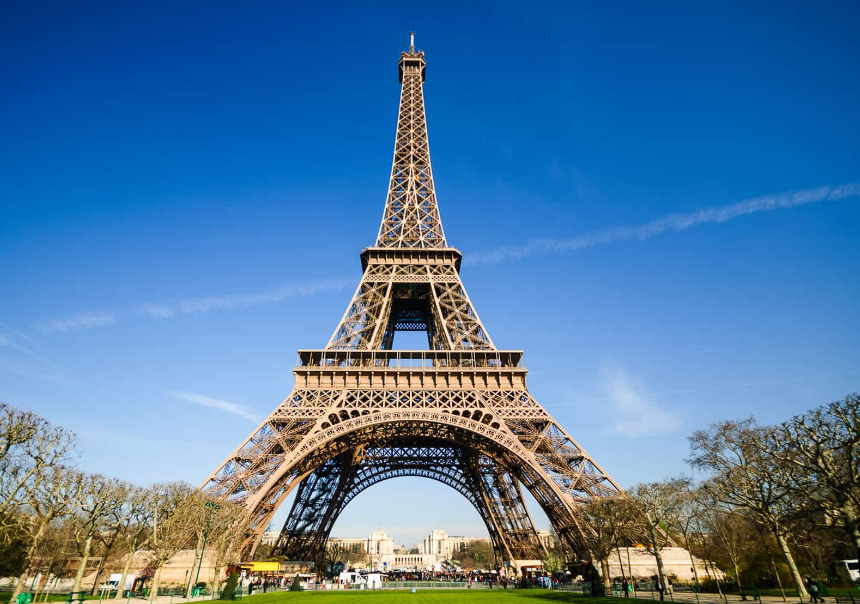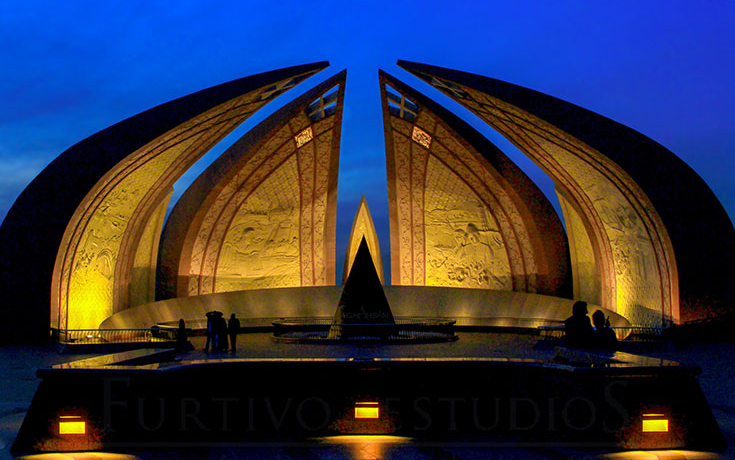The Democratic Republic of the Congo National Monument, also known as the Independence Monument Kinshasa, stands tall in the heart of the capital city of Kinshasa. It serves as a powerful symbol of the country’s hard-fought struggle for independence and represents the aspirations of the Congolese people. In this article, we will delve into the historical significance, architecture, symbolism, preservation efforts, and cultural impact of this iconic monument.
Historical Significance of the Democratic Republic of the Congo National Monument
The Democratic Republic of the Congo gained its independence from Belgian colonial rule on June 30, 1960. To commemorate this historic event, the Congolese government commissioned the construction of the National Monument. The monument stands as a tribute to the brave individuals who fought for freedom and marks a pivotal moment in the nation’s history.
Architecture and Design of the Monument
The Democratic Republic of the Congo National Monument is a remarkable piece of architectural brilliance. Designed by renowned Congolese sculptor Oscar Nemon, the monument features a central figure of a man holding the Congolese flag with one hand raised in triumph. The statue stands atop a pedestal adorned with intricate carvings and inscriptions. The design beautifully captures the spirit of independence and pays homage to the Congolese people’s resilience.
Symbolism and Meaning Behind the Democratic Republic of the Congo National Monument
The monument’s symbolism is deeply rooted in the struggle for independence. The man depicted in the statue represents the Congolese people, standing tall and proud. His raised hand symbolizes the triumph over colonial oppression, while the flag signifies national unity and pride. The pedestal’s carvings depict significant events and symbols from Congolese history, emphasizing the country’s rich cultural heritage.
Importance of the Monument for the Congolese People
The Democratic Republic of the Congo National Monument holds immense importance for the Congolese people. It serves as a constant reminder of their hard-fought battle for freedom and independence. The monument has become a sacred site where citizens gather to honor their past, celebrate their present, and envision a brighter future. It instills a sense of national pride and unity among the population.
Preservation Efforts and Challenges to Democratic Republic of the Congo National Monument
Preserving the Democratic Republic of the Congo National Monument is of utmost importance to ensure its longevity and continued significance. However, the monument has faced challenges over the years, including natural wear and tear, vandalism, and insufficient maintenance. Efforts are being made by the government, cultural organizations, and concerned individuals to safeguard this national treasure and raise awareness about its historical and cultural value.
Impact of the Monument on Tourism
The Democratic Republic of the Congo National Monument has emerged as a significant tourist attraction. Visitors from around the world come to witness this iconic symbol of independence and learn about the country’s history. The monument serves as a gateway to explore the vibrant city of Kinshasa and experience the unique blend of Congolese culture. Tourism revenue generated through the monument contributes to the local economy and supports community development initiatives.
Contributions of the Monument to Cultural Heritage
As a cultural heritage site, the Democratic Republic of the Congo National Monument plays a vital role in preserving the country’s diverse heritage. It showcases the artistic and architectural prowess of Congolese craftsmen and sculptors. The monument has also become a focal point for cultural events, exhibitions, and performances, further enriching the cultural fabric of Kinshasa.
Social and Political Relevance of the Democratic Republic of the Congo National Monument
The Democratic Republic of the Congo National Monument holds significant social and political relevance. It symbolizes the country’s journey towards freedom, justice, and equality. The monument serves as a constant reminder of the need to protect and uphold democratic values. It fosters a sense of national identity and encourages dialogue and reflection on the nation’s past and future.
Future Developments and Enhancements
In the coming years, efforts will be made to enhance the Democratic Republic of the Congo National Monument further. These developments may include improved preservation techniques, educational initiatives, and expanded visitor facilities. Collaborative projects involving local communities, government bodies, and cultural organizations will ensure the monument’s continued relevance and accessibility for generations to come.
Conclusion
The Democratic Republic of the Congo National Monument stands as a powerful symbol of independence and resilience. It serves as a testament to the Congolese people’s unwavering spirit and their determination to create a brighter future. The monument’s historical significance, architectural magnificence, and cultural impact make it a cherished heritage site for both locals and visitors alike.
Frequently Asked Questions (FAQs)
1. How tall is the Democratic Republic of the Congo National Monument?
The monument stands at an impressive height of XX meters.
2. Who designed the National Monument in Kinshasa?
The monument was designed by the renowned Congolese sculptor, Oscar Nemon.
3. What does the raised hand of the central figure in the statue symbolize?
The raised hand symbolizes the triumph over colonial oppression and the Congolese people’s resilience.
4. How does the monument contribute to tourism in Kinshasa?
The monument has become a significant tourist attraction, drawing visitors who wish to learn about the country’s history and culture.
5. Are there any plans for future developments at the monument?
Yes, there are plans to enhance the monument through improved preservation techniques and expanded visitor facilities.
References
- “Independence Monument Kinshasa.” Atlas Obscura. Retrieved from https://www.atlasobscura.com/places/independence-monument-kinshasa
- “Democratic Republic of the Congo National Monument.” World Monuments Fund. Retrieved from https://www.wmf.org/project/democratic-republic-congo-national-monument
- “Independence Monument.” Congo Culture. Retrieved from https://congoculture.org/independence-monument/

